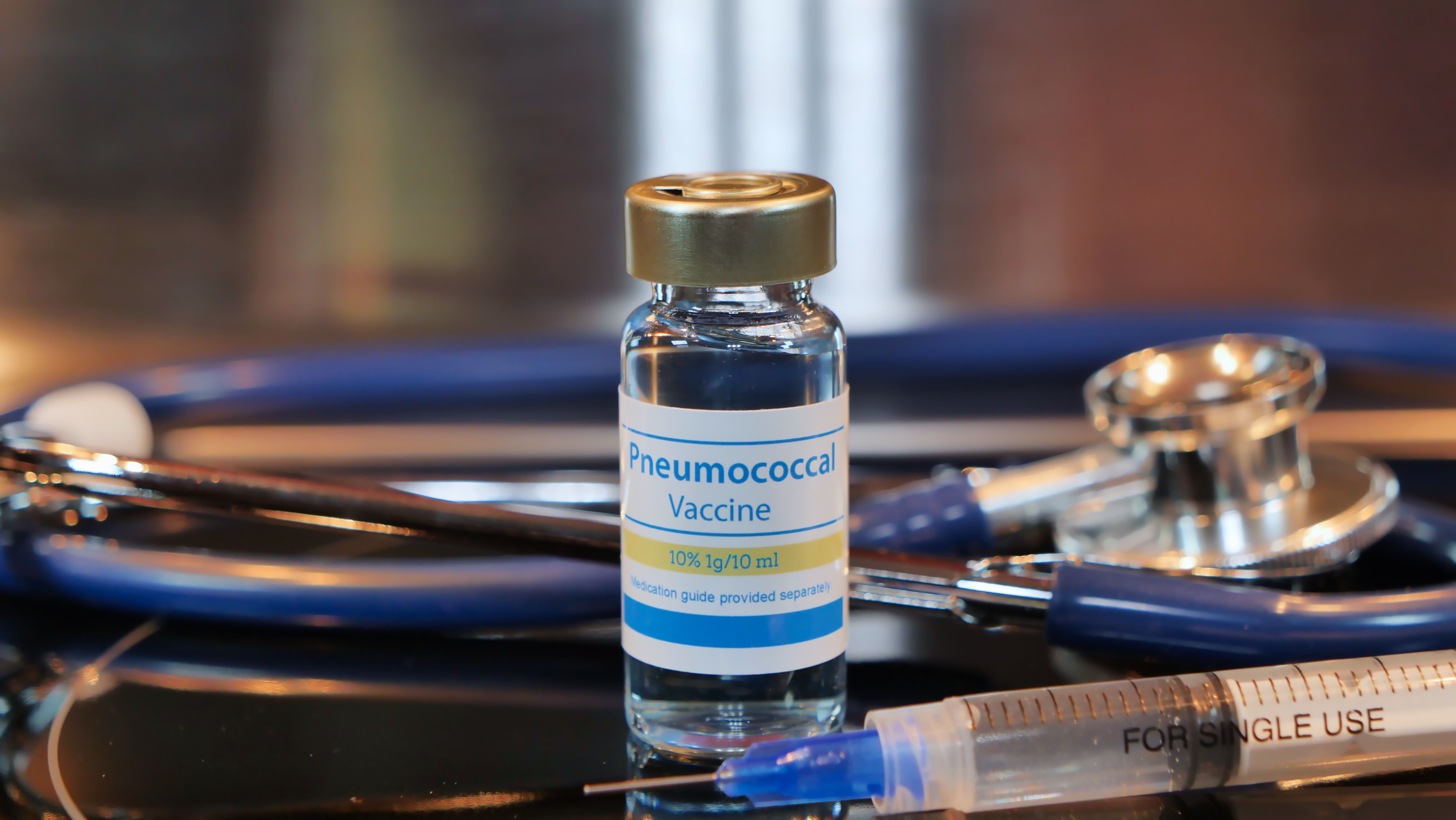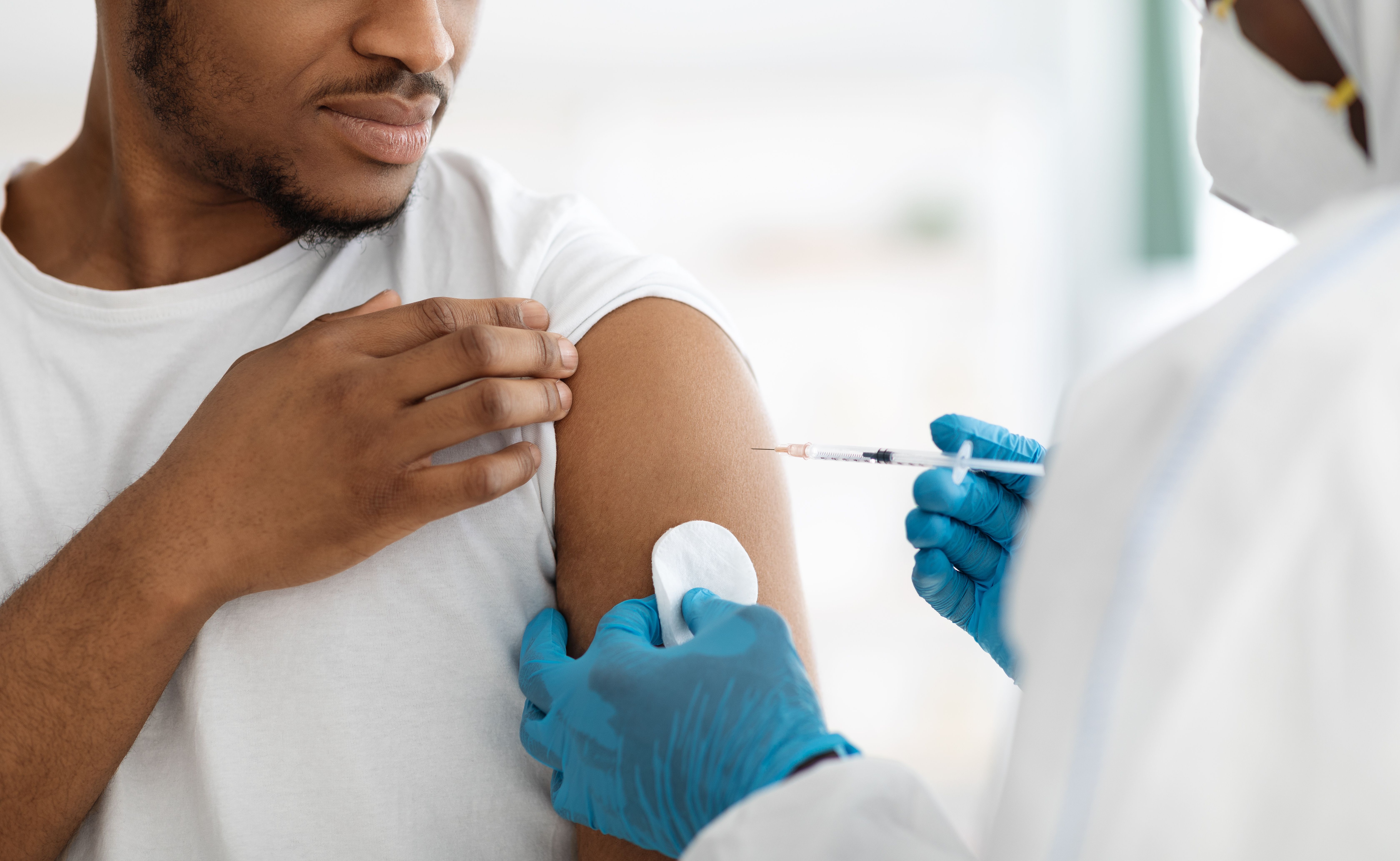Indirect protection against all-cause pneumonia following childhood pneumococcal conjugate vaccine 13 (PVC13) introduction did not affect the burden of disease among adults, according to results of a study published in Lancet Regional Health – Western Pacific. The findings indicated that pneumococcal vaccination in older adults and other interventions should be consider for reducing the burden of pneumonia.
The study authors said that PVCs provide direct protection to pneumococcal disease, but it can also provide indirect protection to those who are unvaccinated through decreasing vaccine-type carriage rates. According to them, the indirect effects can provide substantial protection of up to a 90% reduction in vaccine-type disease. Although there has been evidence to show this effect, the degree of protection has varied, with gaps in literature including low- and middle-income settings.
3 Key Takeaways
- The introduction of pneumococcal conjugate vaccine 13 (PCV13) in childhood did not result in statistically significant reductions in all-cause pneumonia or severe pneumonia hospitalizations among adults aged 18 years and older in Mongolia.
- While the annual incidence rates of all-cause pneumonia varied over time, the study found a trend toward increased burden in hospitalizations for all-cause pneumonia among individuals aged 18 to 25 years post-PCV13 introduction. However, this increase was not statistically significant, and other age groups did not show significant changes.
- The study authors recommend considering additional interventions, including pneumococcal vaccination in older adults, to address the burden of pneumonia in the adult population.
In the study, investigators aimed to determine the indirect impacts of PSV13 introduction in childhood on the incidence of all-cause pneumonia hospitalizations in adults aged 18 years and older in Mongolia. The government in Mongolia used a phased introduction of PCV13 with a 2 + 1 vaccination schedule. The program spanned over 2016 to 2018. Adults included in the surveillance program were enrolled from January 2015 to February 2022. During the COVID-19 pandemic, all patients who had respiratory symptoms were tested for SARS-CoV-2 at admission to the study.
In total, there were 21,386 respiratory admissions, with 7467 meeting the case definition of all-cause pneumonia and 10.1% of those defined as severe cases. Approximately 49.2% of those with pneumonia had at least 1 underlying medical condition and 1.2% died during hospitalization. From 2015 to 2021, the annual incidence of all-cause pneumonia hospitalizations for all adults was 16.14 admissions per 10,000 population, with ages 18 to 25 years being 10.17, ages 26 to 45 years being 9.79, and ages 46 to 64 being 21.74. In those aged 65 years and older, the average incidence rate was 62.81 admissions per 10,000 population, which the study authors said was a 6-fold increase compared to the 2 youngest groups.
Further, investigators noted that the annual incidence rates varied overtime, but were generally lowest in 2015 and increased annually until 2020, then declined in all age groups. Compared to pre-pandemic, the hospitalization rates for all-cause pneumonia decreased in those 45 years and younger and increased in those older than 45 years from 2020 to 2021, according to the investigators.
For severe pneumonia, the average annual incidence per 10,000 population was 1.67 for all adults and increased in age reaching 9.92 for those aged 65 and older. The study authors said similar rates for severe pneumonia hospitalizations were observed annually, although the rates marginally increased in 2020 for those less than 65.
Results from the analyses did not indicate statistically significant reductions in either all-cause pneumonia or severe pneumonia due to indirect impacts from PCV13 introduction in any age group, according to the investigators. This was true for the pre-pandemic period and for the full analysis.
The study authors noted that there was a trend toward an increased burden in all-cause pneumonia hospitalization post-vaccine introduction for those aged 18 to 25 years from 2015 to 2022, though it was not statistically significant. The pre-pandemic analysis yielded similar results. All other age groups remained unchanged after childhood PCV13 introduction.
Reference
Fagerli K, Ulziibayar M, Suuri B, Luvsantseren D, et al. Impact of childhood 13-valent pneumococcal conjugate vaccine introduction on adult pneumonia hospitalisations in Mongolia: a time series analysis. Lancet Reg Health West Pac. 2023;44:100983. doi:10.1016/j.lanwpc.2023.100983







